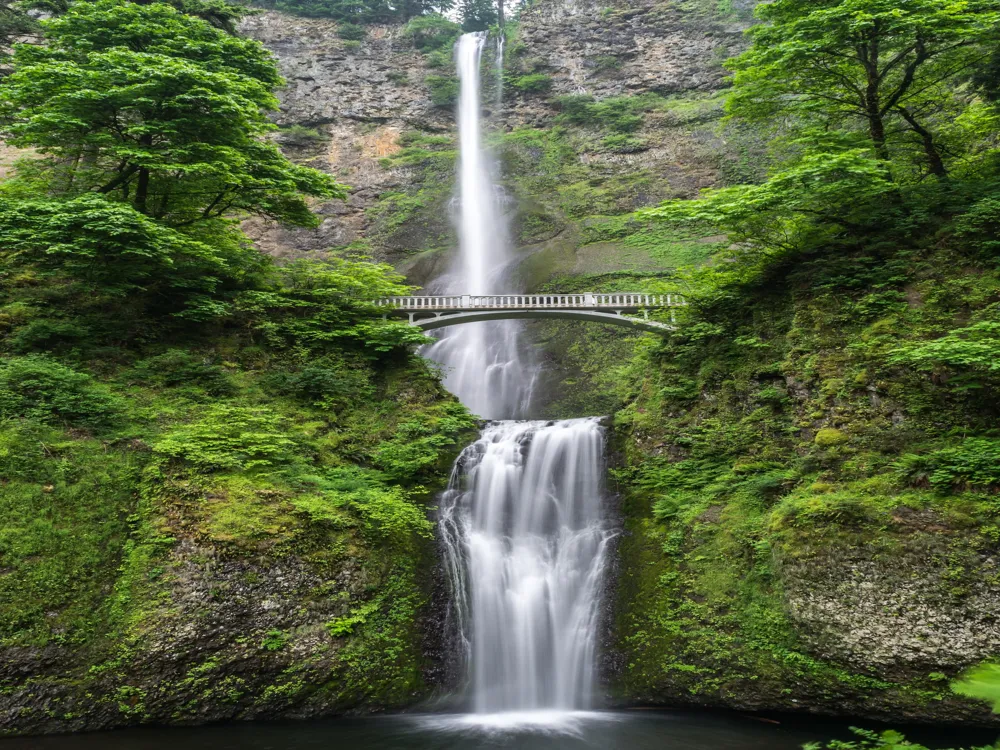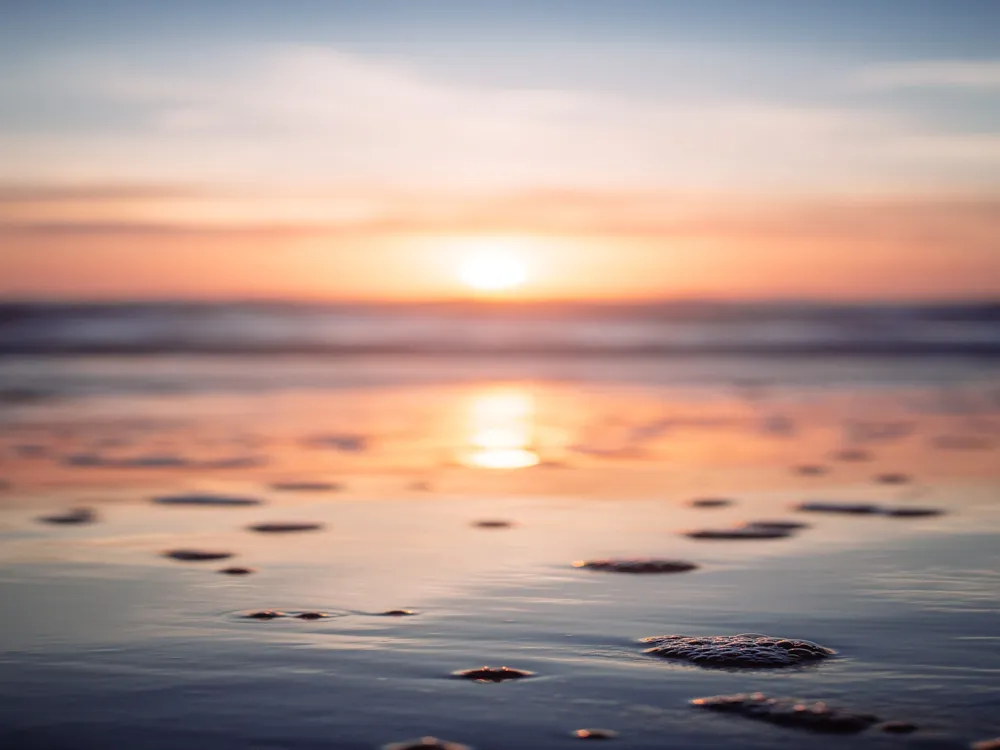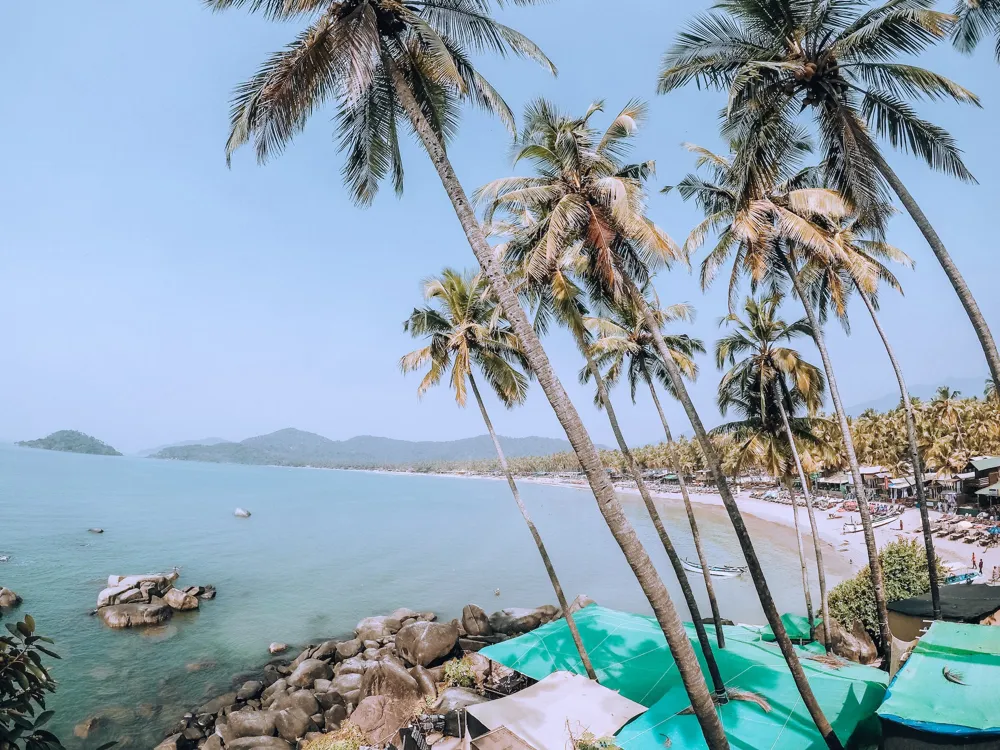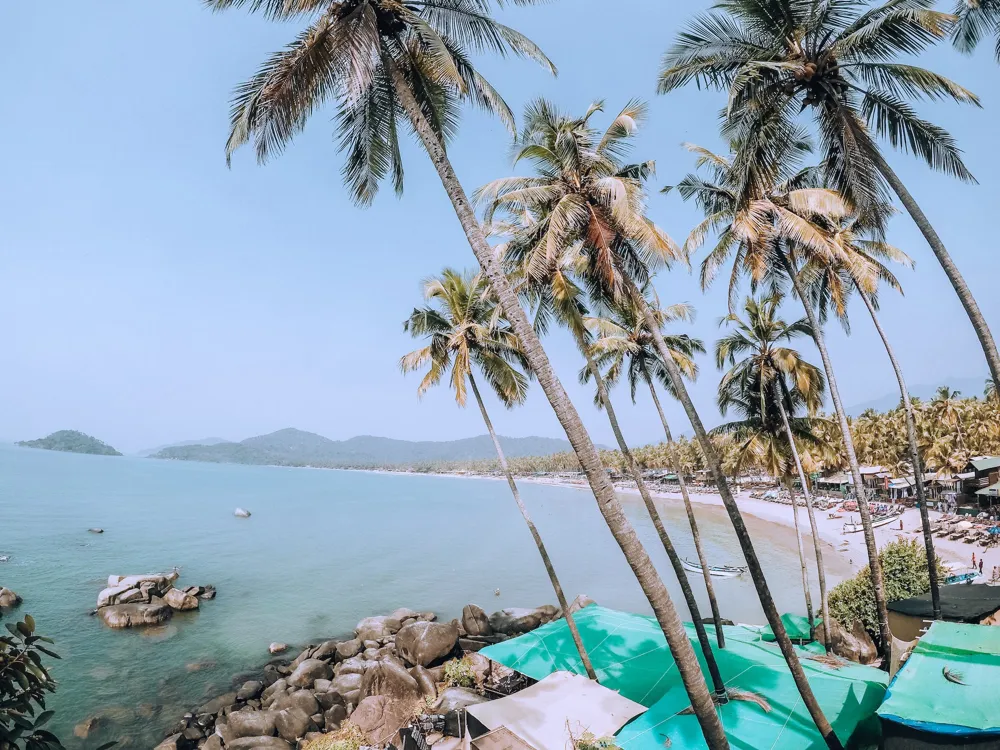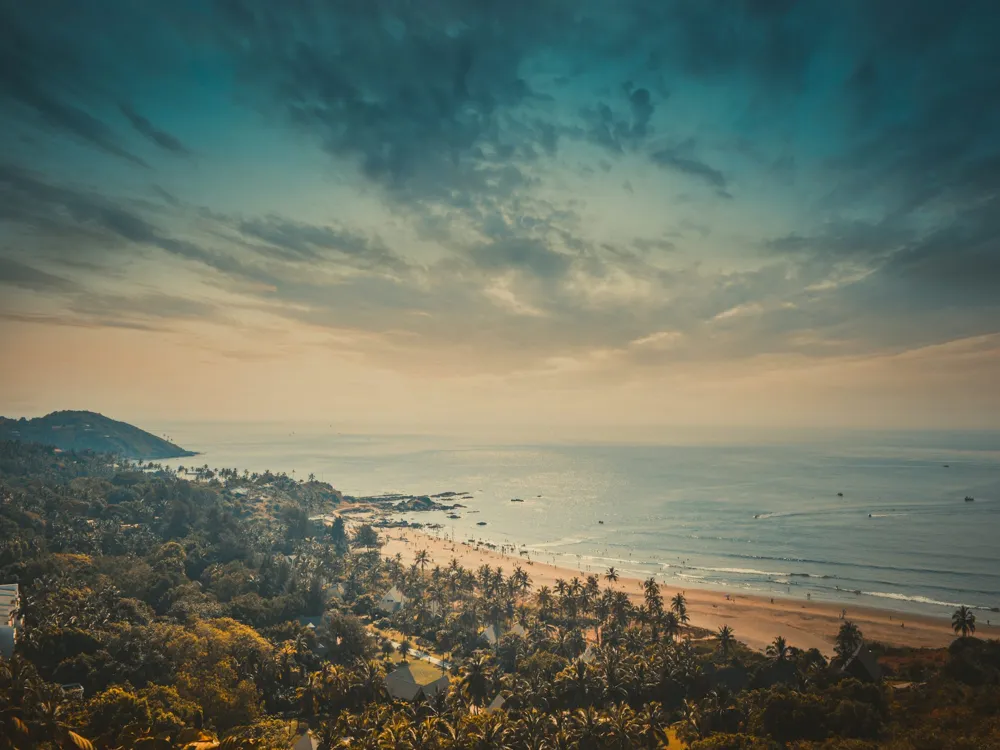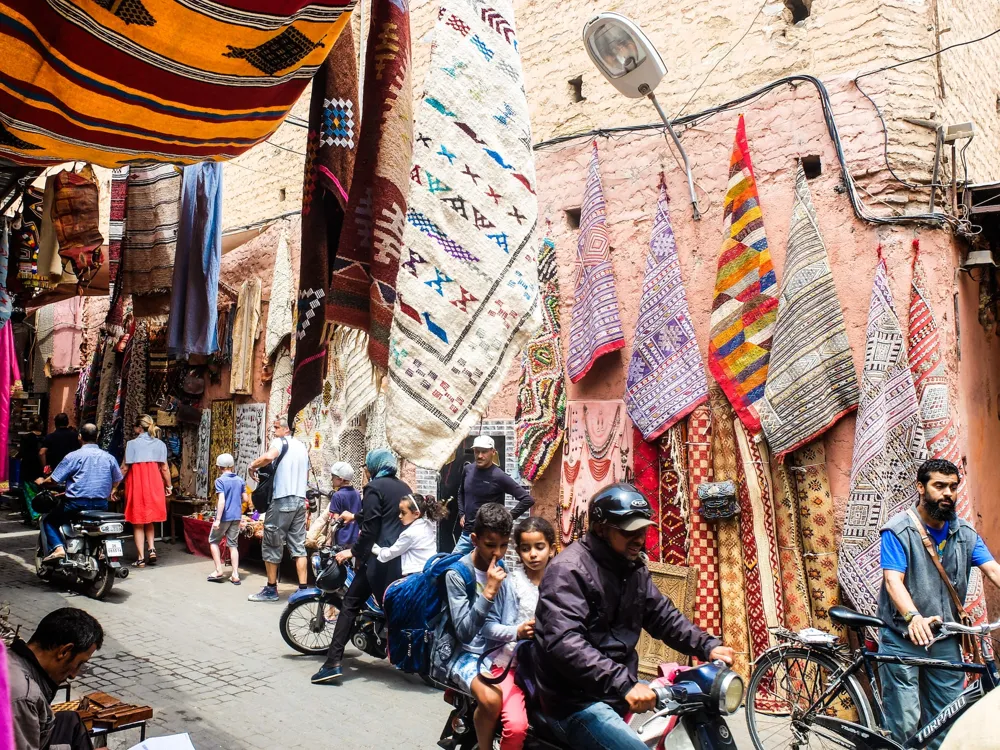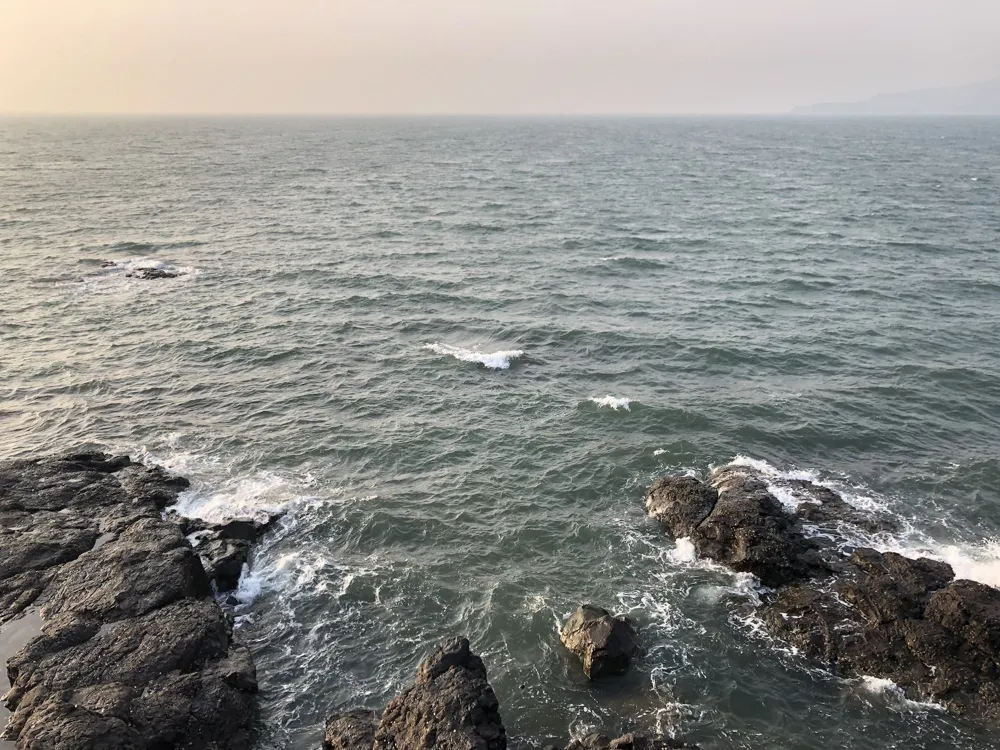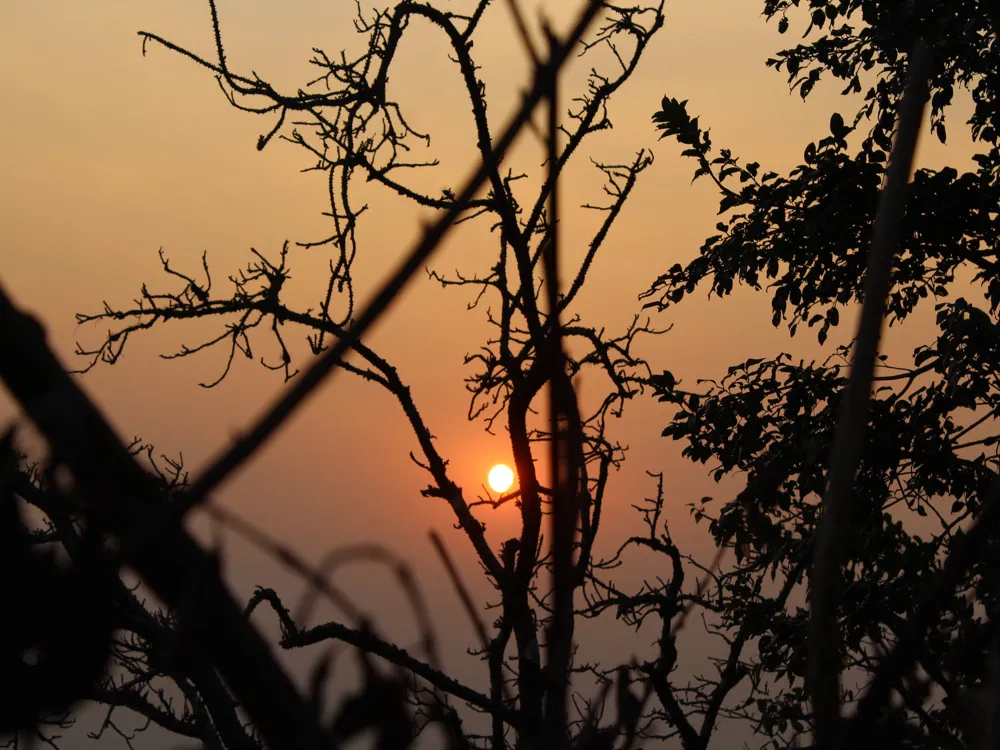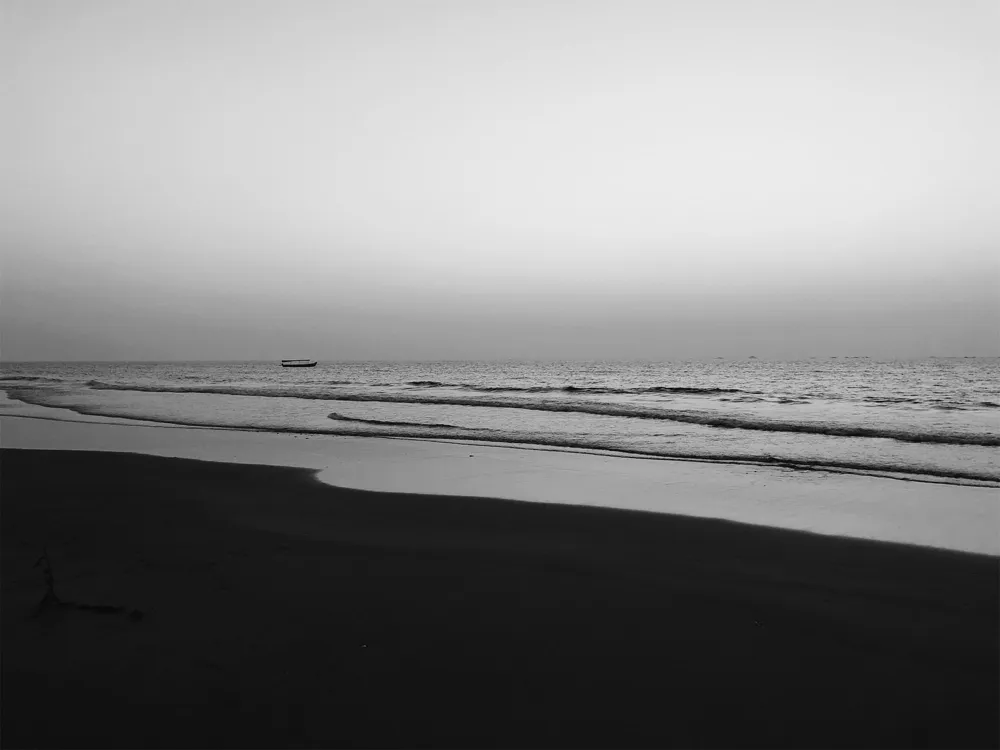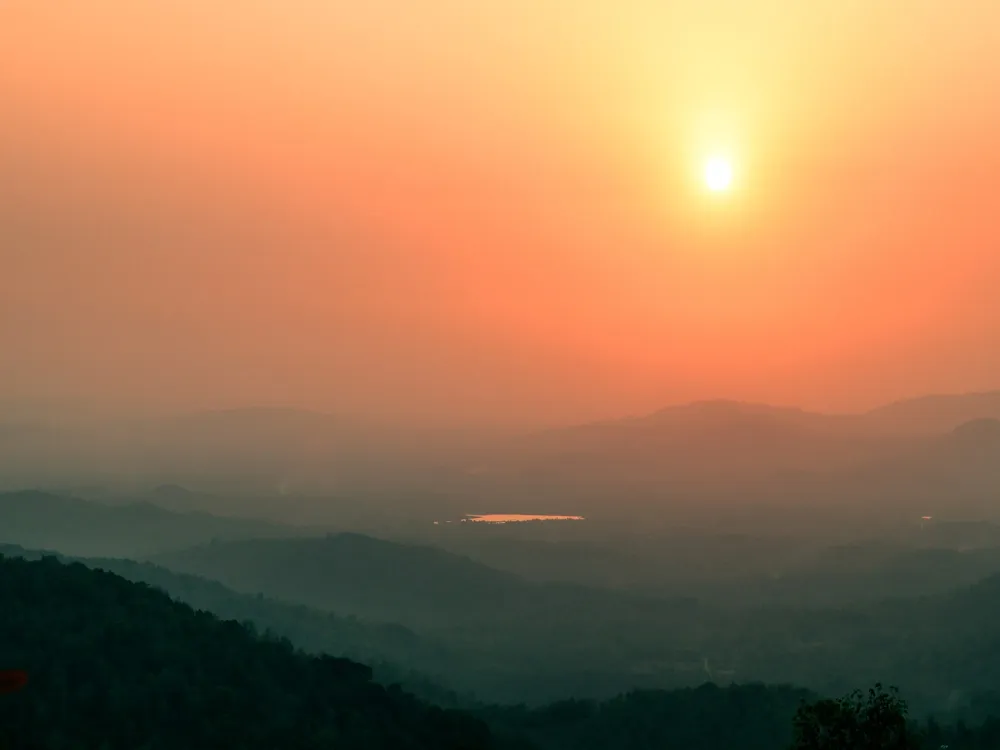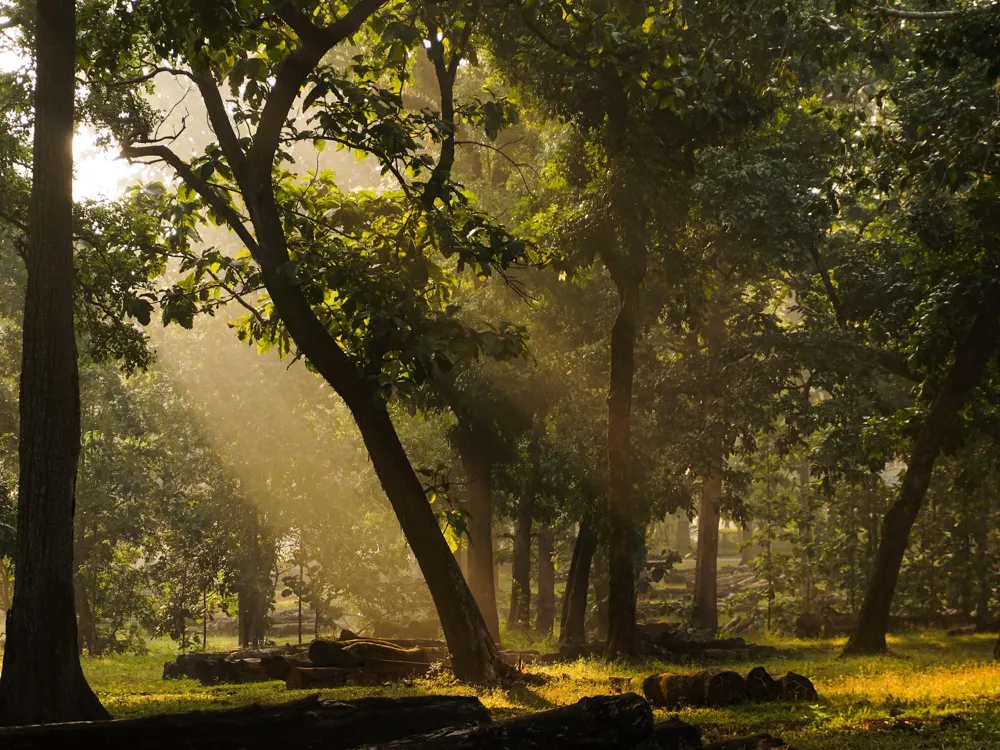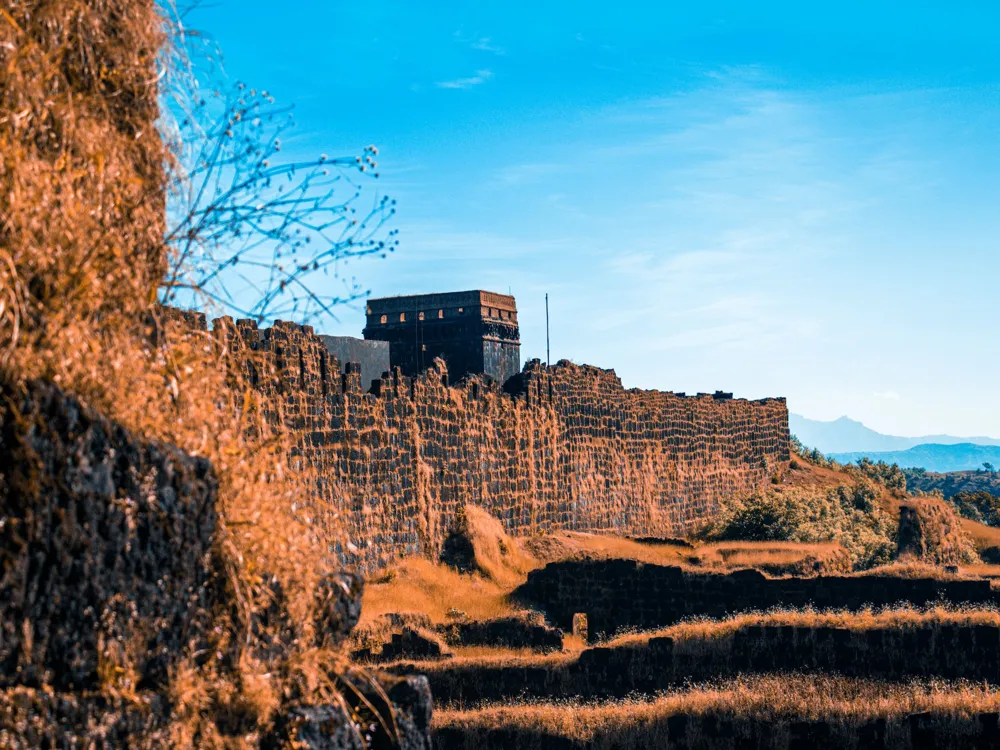Panaji, the charming capital of Goa, stands out as a dazzling gem on the western coast of India. With its picturesque landscapes and vibrant culture, Panaji is a fusion of historical legacy and contemporary vibrance. Nestled on the banks of the Mandovi River, the city offers a delightful blend of sandy beaches, lush greenery, and a serene ambiance that captivates the hearts of travelers from around the world. Known for its diverse cultural fabric, Panaji's streets echo with a rich colonial history, reflected in its architecture, cuisine, and lifestyle.
The city is a hub for art and culture, hosting numerous festivals and events that showcase the essence of Goan spirit. Panaji's markets, like the famous Mapusa Market, are a treasure trove for shoppers, offering everything from local handicrafts to exotic spices. The city's culinary scene is a paradise for food lovers, with an array of restaurants serving delectable Goan cuisine, influenced by Portuguese flavors and Indian spices. In essence, Panaji is not just a destination; it's an experience that embodies the joyous and laid-back ethos of Goa.
Goa's architectural landscape is a testament to its historical tapestry, woven with threads of various cultures and eras. The state's architecture is predominantly influenced by its Portuguese colonial past, evident in the grand churches, old mansions, and public buildings that dot its landscape. These structures are characterized by their distinctive Iberian style, featuring whitewashed walls, ornate azulejos (ceramic tiles), and oyster-shell windows.
The Basilica of Bom Jesus, a UNESCO World Heritage Site, stands as an iconic example of Baroque architecture in Goa. Its intricate carvings and magnificent altars showcase the artistic excellence of the time. Similarly, the Se Cathedral, with its imposing façade and exquisite interior, reflects the grandeur of Portuguese architecture. Apart from these, Goan homes, especially in the old Latin quarters of Panaji, are a colorful blend of Indian and Portuguese styles, with overhanging balconies, red-tiled roofs, and arched doorways.
The ideal time to visit Goa is from November to February. During these months, the weather is pleasantly cool and perfect for beach outings and sightseeing. This period also coincides with several popular festivals like the Goa Carnival and the Sunburn music festival.
When packing for Goa, light and comfortable clothing is a must due to its tropical climate. Don't forget to bring sunscreen, hats, and sunglasses for sun protection. A good pair of walking shoes will be handy for exploring the city and its surroundings.
Goa is well-connected and easily accessible from various parts of India and the world. The Dabolim Airport in Goa caters to domestic and international flights, making it a convenient entry point. For those preferring rail travel, Goa is well-served by numerous trains connecting it to major Indian cities. Road travel is another viable option, with an excellent network of highways and roads linking Goa to neighboring states.
Once in Goa, the state offers a range of transportation options including buses, taxis, and the popular two-wheeler rentals, which provide a fun and flexible way to explore the region at your own pace.
Overview of Panaji, Goa
Architecture of Goa
Tips When Visiting Goa
Best Time to Visit
Packing Essentials
How To Reach Goa
Convent and Church of St. John of God
Panaji
Goa
NaN onwards
View goa Packages
Weather :
Tags : Church & Cathedral
Time Required : 2 - 3 hrs
Entry Fee : No Entry Fee
Planning a Trip? Ask Your Question
Goa Travel Packages
View All Packages For Goa
Top Hotel Collections for Goa

Private Pool

Luxury Hotels

5-Star Hotels

Pet Friendly
Top Hotels Near Goa
Other Top Ranking Places In Goa
View All Places To Visit In goa
View goa Packages
Weather :
Tags : Church & Cathedral
Time Required : 2 - 3 hrs
Entry Fee : No Entry Fee
Planning a Trip? Ask Your Question
Goa Travel Packages
View All Packages For Goa
Top Hotel Collections for Goa

Private Pool

Luxury Hotels

5-Star Hotels

Pet Friendly







